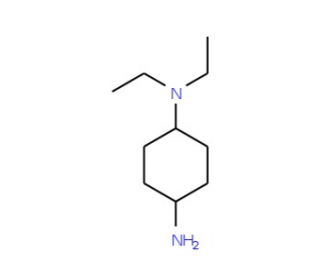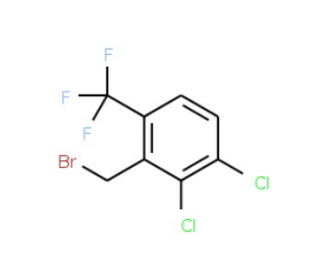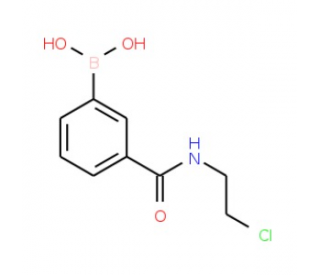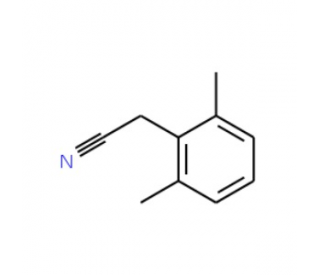详细说明
Species Reactivity
Mouse
Specificity
Detects mouse IL‑6 R alpha in direct ELISAs. In direct ELISAs, no cross‑reactivity with recombinant human IL-6 R alpha is observed.
Source
Monoclonal Rat IgG2a Clone # 255821
Immunogen
Mouse myeloma cell line NS0-derived recombinant mouse IL-6 R alpha
Leu20-Glu357
Accession # P22272Formulation
Supplied 0.2 mg/mL in a saline solution containing BSA and Sodium Azide.
Label
Alexa Fluor 350
Applications
Recommended
ConcentrationSample
Flow Cytometry
0.25-1 µg/10 6 cells
Mouse CD3 + splenocytes
Please Note: Optimal dilutions should be determined by each laboratory for each application. are available in the Technical Information section on our website.
Preparation and Storage
Shipping
The product is shipped with polar packs. Upon receipt, store it immediately at the temperature recommended below.
Stability & Storage
Store the unopened product at 2 - 8 °C. Do not use past expiration date.
Background: IL-6 R alpha
Interleukin 6 (IL-6) is a multifunctional cytokine that exerts its activities by binding to a high-affinity receptor complex consisting of two membrane glycoproteins: an 80 kDa ligand binding subunit (IL-6 R alpha /CD126) and a 130 kDa nonligand-binding signal-transducing subunit (gp130/CD130) (1‑4). Mature mouse IL-6 R alpha is a type I transmembrane protein of 460 amino acids (aa) that contains a 345 aa extracellular ligand binding domain, a 21 aa transmembrane region, and a 75 aa cytoplasmic segment (2). The extracellular segment contains an Ig-like and a fibronectin-type III domain, plus a membrane proximal WSxWS motif. In their extracellular regions, mouse IL‑6 R alpha shares 89%, 51% and 50% aa identity with rat, human and porcine IL‑6 R alpha, respectively. Unlike gp130 that is expressed ubiquitously, the cellular distribution of IL-6 R alpha is predominantly limited to hepatocytes and leukocyte subpopulations such as monocytes, neutrophils, T and B cells. Soluble IL-6R alpha has been found in various body fluids (5). Two soluble receptor isoforms that arise either from proteolytic cleavage of the membrane-bound IL‑6 R alpha, or by alternative mRNA splicing (reported only in human) have been described (6, 7). Soluble IL-6 R alpha binds IL-6 with an affinity similar to that of the membrane-bound IL-6 R alpha. More importantly, the soluble IL-6 R alpha /IL-6 complex is capable of interacting with the membrane-bound gp130 to activate cells that lack an integral membrane IL-6 R alpha. It has been documented that elevated soluble IL-6 R is associated with numerous diseases including arthritic lesions, multiple myeloma and Crohn’s disease (6, 7).
References:
Yamasaki, K. et al. (1988) Science 241:825.
Sugita, T. et al. (1990) J. Exp. Med. 171:2001.
Hibi, M. et al. (1990) Cell 63:1149.
Saito, M. et al. (1992) J. Immunol. 148:4066.
Novick, D. et al. (1989) J. Exp. Med. 170:1409.
Jones, S.A. et al. (2001) FASEB J. 15:43.
Jones, S.A. and S. Rose-John (2002) Biochim. Biophys. Acta 1592:251.
Long Name:
Interleukin 6 Receptor alpha
Entrez Gene IDs:
3570 (Human); 16194 (Mouse)
Alternate Names:
CD126; IL-6 R alpha; IL6R alpha; IL6R; IL-6Ra











 粤公网安备44196802000105号
粤公网安备44196802000105号